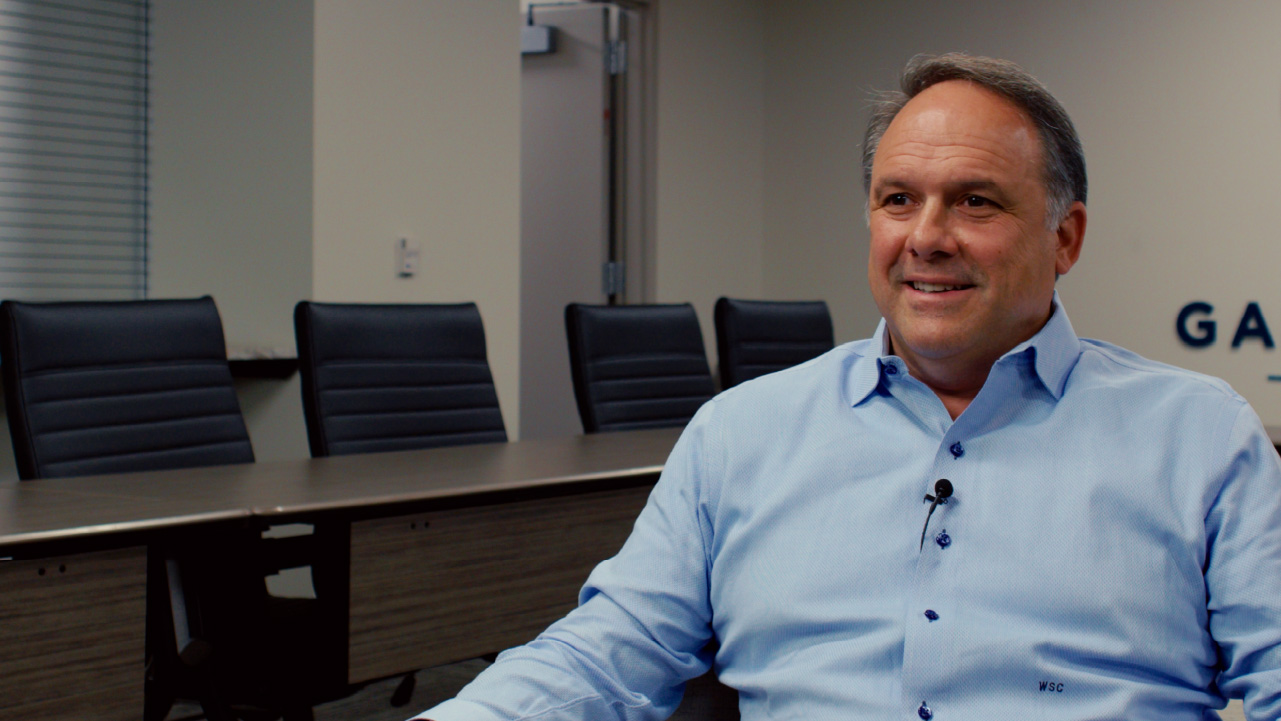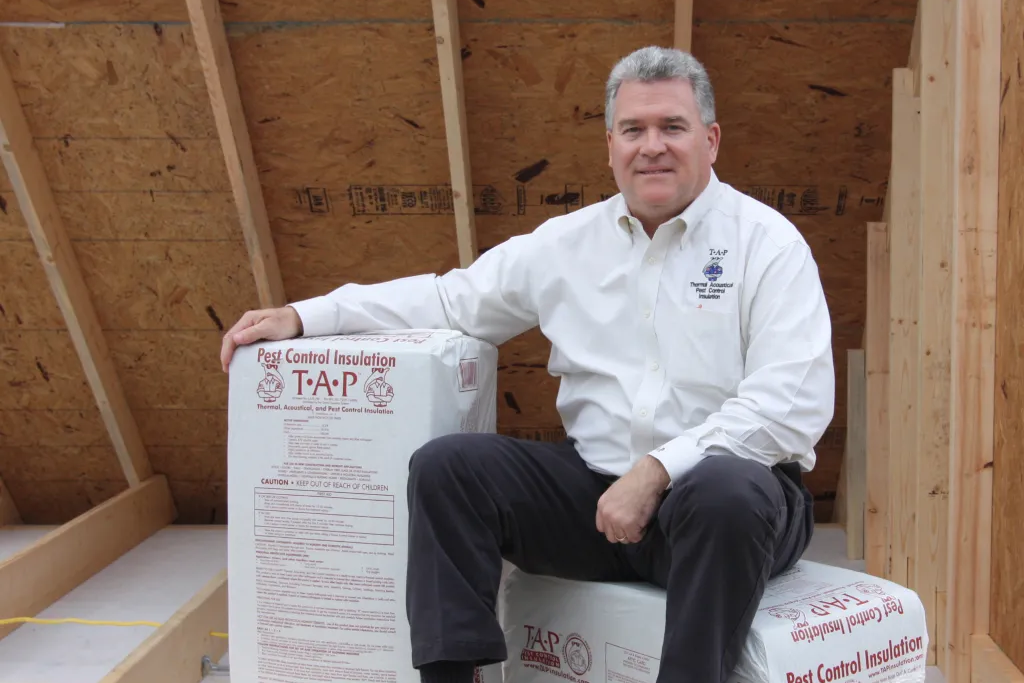A Vision for Gainesville
When asked to imagine a living organism, you might think of flowers, animals, and other things that move and grow. Would a city ever cross your mind?
File Under
In the past decade, Gainesville, Georgia has undergone so much change, that it is nearly unrecognizable to longtime residents. A glimpse through the past 10 years would reveal lush greenery replacing abandoned railyards, a seven-story parking deck stretching into the sky, and an ever-growing and diversifying population of business owners, artists, and families.
As surely as any plant or animal, Gainesville is growing, largely in part to the efforts of UGA’s Carl Vinson Institute of Government. Gainesville was one of the first cities to take part in the Renaissance Strategic Visioning and Planning Process (RSVP). Through the RSVP, communities across Georgia re-envision their downtowns, invigorate citizen involvement and jumpstart economic development.
In short, the RSVP helps communities reimagine their potential.
Stakeholder Interviews
“Making downtowns more inviting, lively, and functional is part of the formula for success in 21st-century economic development.”
“Downtowns are the heart and soul of our communities,” says Danny Bivins, Institute of Government faculty member. “Making downtowns more inviting, lively, and functional is part of the formula for success in 21st-century economic development.”
The program celebrated its 10th year in 2023. Bivins co-developed and manages the RSVP program along with Leigh Elkins, also a faculty member at the Institute.
Gainesville approached the Institute of Government nearly a decade ago for help with a master plan for its downtown. Working alongside the Institute, the city developed a plan that has helped make it one of the fastest-growing metropolitan areas in the nation. However, the RSVP was just the beginning, laying a solid foundation for future projects between the city of Gainesville and the University.

“Staying on course has helped the community evolve with the times.”
“Staying on course has helped the community evolve with the times,” says Elkins. A Gainesville native and UGA alum, Elkins has shepherded several projects that have helped transform her hometown.
“Gainesville has seen tremendous growth over the past 30 or 40 years, and they haven’t been afraid of it. They’ve recognized that to be ready for growth you have to have a plan so you can shape it into what’s most appropriate for your community,” says Elkins.

Investing in Gainesville
Part of what makes the plan so effective is its highly visual components. A planning document that doubles as a coffee table book, the RSVP attracted developers from across the state, including Terwilliger Pappas, who developed an empty lot into a multi-million-dollar apartment complex, complete with high-end restaurants and shopping.
“The RSVP is a roadmap that we can use to show developers what we want to provide for our community. It doesn’t have to give us the end result, but it offers a vision of what something can be,” says Gainesville Mayor Sam Couvillon.
Since the RSVP was created, private developers have invested more than $350 million in downtown Gainesville. For instance, investments from Hall County native Doug Ivester BBA ’69, retired chairman of the board and CEO of the Coca-Cola Co., range from the award-winning Gainesville Renaissance Building that is the centerpiece of downtown to the naming of the Kay and Douglas Ivester Visitor Center and Amphitheatre at the Atlanta Botanical Garden, Gainesville.


“When you have a need, someone will step up and help provide for that need. That tells you a lot about the people here,” Couvillon says.
It’s not just investors and contractors. Many different types of Gainesville residents are involved in the city’s recent revitalization. Chad Shore, an artist whose work has appeared in the U.S. and internationally, returned to Gainesville to bring his love of art and community back to his hometown.
Known for his large-scale flag pieces made from actual distressed American flags, Shore’s art can be seen all around the city, including his “Love Freedom” mural on the Midland Greenway. The result of over 2,000 cans of spray paint and two months of hard work, “Love Freedom” depicts a young child on the back of an Osprey hawk, local to Georgia, surrounded by a colorful explosion of hearts. Shore wanted the image to depict a child being carried into the future as a symbol of joy and encouragement for the city he loves.
Going Green
Jessica Tullar, Gainesville’s housing and special projects manager and staff project manager for the RSVP, has worked for the city of Gainesville for more than 20 years. The UGA graduate has played a vital role in the city’s efforts to create green spaces, what the RSVP described as one of the city’s “biggest assets.”
The Rails to Trails initiative, which branches off the Midland Greenway, is one of the more ambitious projects and includes the transformation of a large train yard that was once stocked with storage units and abandoned vehicles.
The city moved a train engine to the railroad “wye” south of the train yard and created Engine 209 Park, a themed greenspace with picnic tables, a playground, and a bridge with a landing and Shore’s beloved osprey mural.

“We don’t want to ever be just a concrete jungle.”
“We don’t want to ever be just a concrete jungle,” says Couvillon.
Nofo Brewery has already taken advantage of the new development to invest $4 million in property off Gainesville’s Midland Greenway, part of the countywide Highlands to Island Trail network. In the last six years, Gainesville has experienced over $300 million in private investment in the downtown and midland areas discussed in the RSVP. More than a third of that investment is on property fronting or adjacent to the Midland Greenway.
Nearly a decade since its creation, the RSVP has become a staple for Gainesville’s ongoing efforts to increase economic development, walkability, and quality of life.
“Even today, we’re actively pursuing the vision put forth in the 2015 plan,” Tullar says. “We give it to developers who meet with us, and we’re using it to take Gainesville into the future.”












